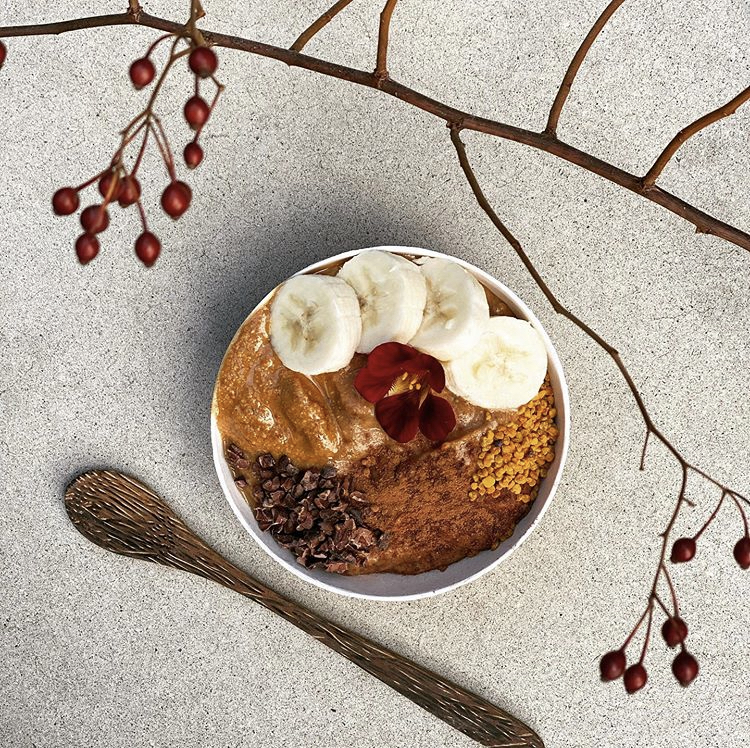
16 Oct What you should (not) be eating – part 2
In part 1 of this blog (read it here) I shared all the things you should and should not eat according to the ‘experts’, and I invited you to learn to listen to your own body to give you guidance instead. Another suggestion is to take into consideration that your body needs different types of nutrition dependent on the time of year: eating according to the seasons.
Food creator Bianca Groeneweg (BiHealthy.nl) suggests choosing soft, round, sweet and nourishing types of food and herbs in the fall season, which is associated with the Lungs and Large Intestine (see my blog about fall here). If possible, use organic produce and products. During this time of year it is recommended to eat steamed vegetables, stews and soups, rather than raw vegetables and salads. Allow everything you eat to be warm, or at least at room temperature. Instead of drinking cold (or worse: ice water), fill your water bottle, or glass, with half hot and half cold water and add a drop of Lemon or Wild Orange essential oil*. Your Large Intestine (read: digestion) will thank you! Cooked oatmeal is a great start to the day. Sweetness shouldn’t come from refined sugars, but from whole grains such as millet, polenta and barley, says Bianca. To make your meals more satisfying you could use a little more (healthy) fats such as coconut oil and ghee.
Another idea is to go to the grocery store for your produce without a shopping list. Instead, simply look at which fruits and vegetables are in season and pick those (hint: they are usually the least expensive and – depending on where you live – do not come from far away). Spices and herbs that are great during autumn: cardamom, clove, star anis, ginger, turmeric, pepper, licorice root and cinnamon, as well as rosemary and thyme. Root vegetables are grounding and warming, such as carrots, beets, pumpkin, sweet potatoes, parsnip and chestnuts. Choose apples, pears, blackberries, dried prunes and figs for fruits. When you have your collection of fruits and vegetables, build your meals around it.
I love Bianca’s suggestion to look at the feel and taste of your food, and how it makes you feel; this is how I choose what I eat when I truly listen to my body. I even consider the shape of my food! When I have eaten something ‘soft’ for breakfast (e.g. cooked oatmeal), which feels ‘round’ to me, I’d like something ‘crunchy’ or at least ‘sturdy’ for lunch, which feels ‘stabilizing’. When I have already eaten lots of ‘sweet’ tasting foods during the day (which doesn’t mean sugar!), I may prefer a more savory dinner, to balance it. I would never serve soup (which is ‘soft’ and ‘heavy’) as a starter followed by pasta as an entrée (which has the same ‘feel’). Variation of tastes and shapes is key. Speaking of the shape of your food; have you ever considered that spaghetti feels (and therefore tastes) very different from penne rigate?
When you start to look at food not only as ‘fuel’ and physical nourishment, but also as a way to nourish yourself energetically, you may notice that the choices you make are better for you, and therefore healthier. You do not need anyone else to tell you what to eat. It be repeated: listen to your body!
* Always use Certified Pure Therapeutic Grade essential oils. Learn more here.
Picture (c) Bianca Groeneweg